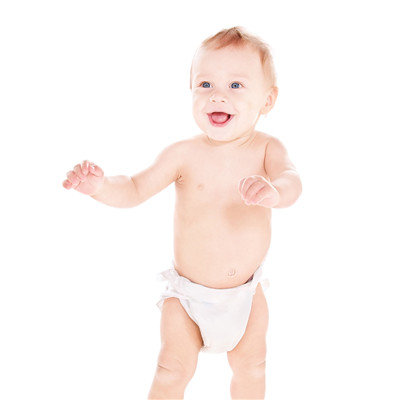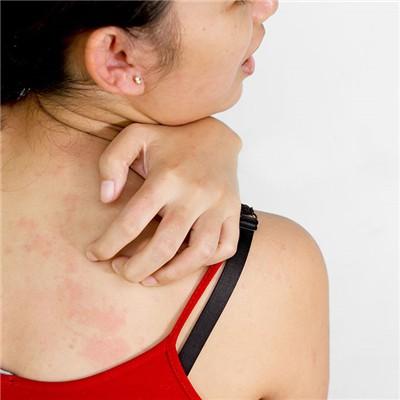What examination does laryngeal trauma need to do?
summary
There are two types of laryngeal trauma: closed injury and open injury. Acute laryngeal trauma is easy to cause respiratory tract obstruction, which can endanger life. Improper treatment can cause chronic laryngeal stenosis, dysphonia or difficulty in extubation. In order to avoid or reduce the complications of acute laryngeal trauma, early diagnosis and treatment should be made by specialists. Let's share my experience with you.
What examination does laryngeal trauma need to do?
Laryngeal contusion is easy to cause laryngeal submucosal edema, hematoma, mucous membrane tear, cartilage fracture and dislocation. The common symptoms are: respiratory obstruction causes dyspnea and laryngeal wheezing; Change of pronunciation or aphasia; Cough, hemoptysis, neck pain and swallowing pain, laryngeal cartilage dislocation can be divided into cricothyroid joint dislocation and cricoarytenoid joint dislocation. In the former, the inferior angle of thyroid cartilage is often located behind the cricothyroid joint surface, the neck pain on the affected side can radiate to the ear, and the recurrent laryngeal nerve passing through the cricothyroid joint is often injured, resulting in aphasia. Although there is no injury to the recurrent laryngeal nerve, some patients can still have voice changes; The latter has hoarseness, local pain, dysphagia, and even dyspnea. Examination shows swelling of arytenoid area and arytenoepiglottis folds, and vocal cords can be concealed. When the swelling subsides, arytenoid cartilage can be seen to move forward and inward, vocal cords relax and arc, and glottis cannot be closed when pronouncing.
According to the comprehensive statistics of domestic and foreign reports, thyroid cartilage accounted for the first place (33.0%), followed by thyrohyoid membrane (31.1%), cricothyroid membrane (12.1%), cricoid cartilage (9.8%) and trachea (8.0%), The symptoms included hoarseness, aphasia, dyspnea, cough, hemoptysis, etc. complications included wound infection, perichondritis, difficult extubation, secondary hemorrhage, subcutaneous emphysema of neck, mediastinal emphysema, vocal cord paralysis, tracheoesophageal fistula, pneumonia and mediastinitis.
The symptoms and signs of penetrating laryngeal injury vary with the type of weapon, the speed of the bullet and the location of the injury. The prominent symptom in the early stage is bleeding. Although it does not necessarily damage the main arteries in the neck, it can also cause asphyxia due to blood flowing into the airway, or shock due to excessive blood loss, followed by tissue edema, hematoma and dyspnea caused by aneurysm, Subcutaneous emphysema, mediastinal emphysema, dysphagia and dysphonia may also occur.
matters needing attention
In the diet must also control the salt intake, do not eat spicy food such as coffee, strong tea, you can eat more cereals such as cereals, oats or soybeans, you can drink more water or milk, but do not drink carbonated drinks.














